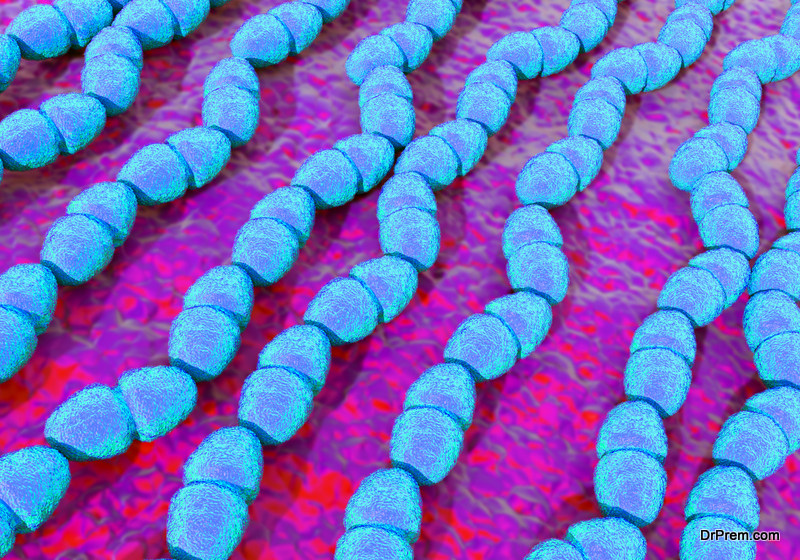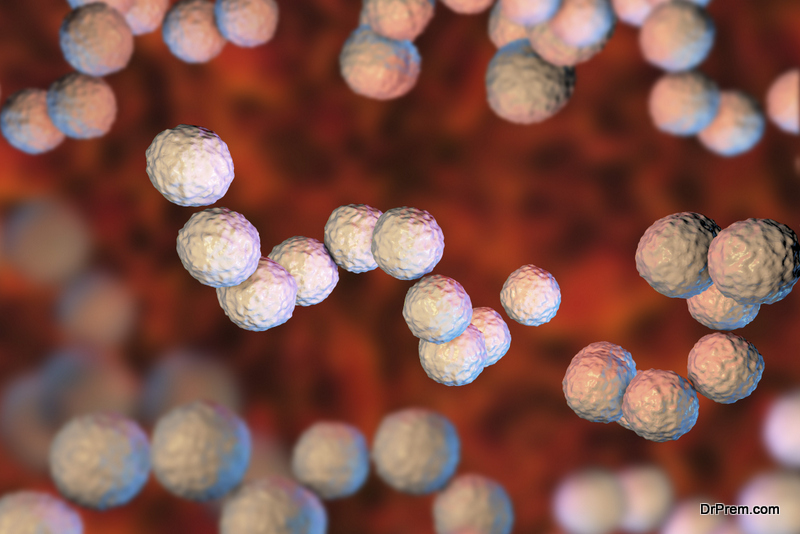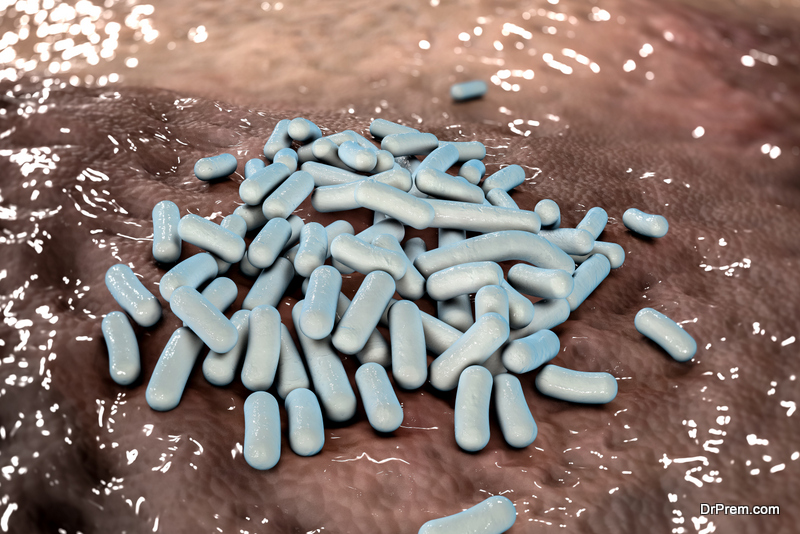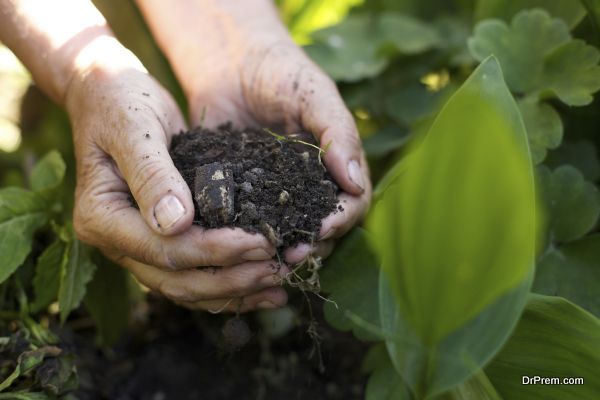The problem of pollution has been dealt with in many different ways. The incredibly high levels of pollution is highest now, than in any other period in human history. With industrial revolution came the toxic runoffs from the industries, whether garments, pharmaceutical or any industry you can think of. Over the years, there have been many types of cleansing the environment, which has included expensive high tech methods, such as dredging, treating contaminated water with chemicals etc. Now, researchers have focused on using microorganisms in our environment to clean the human created pollution. The method is called ‘phytoremediation’ and ‘bioremediation’. Let’s learn more about this unique method:
Treating pollution with microorganisms in our environment
Researchers have set their focus on how is bacteria helpful to the environment. Just as probiotics i.e. good bacteria is used for the health of our body’s ecosystem, the microorganisms in our environment such as healthy bacteria from trees is wonderful for the environment to thrive and survive.
The importance of microbes in the environment, such as plant bacteria, is that they help in the degradation of dead plants and animals. They also help in restoring nutrients to the soil. By the process of ‘bioremediation’, some species of bacteria help to clean toxic pollutants from the environment. Bacteria too can clean petroleum and heavy metals. It cost less and are very accurate sensors of harmful chemicals.
How plant bacteria can be a simple solution to a complex problem
Researchers are finding microorganisms in our environment to be great little helpers in building strong and healthy ecosystems.
Bacteria is helpful to the environment in many ways – they can remove the commonest and most toxic substances from the water supply and the ground. Plants can be easily grown anywhere and they do not have huge infrastructure cost.
Trees are very efficient in breaking down or converting chemicals like trichloroethylene, (a solvent commonly used in industries, which damages the kidneys and liver), lead (known for being dangerous for the nervous system and brain). They clean the environment of methyl tert-butyl-ether (used as a gas, and causes damage to kidneys, nervous system and liver). Trees, therefore do much more than just supply us with oxygen.
They reduce noise and behave as natural stress reducers and also remove toxic pollutants from groundwater. But trees do all these cleaning of the environment at a cost to themselves. They suffer from the toxins that they absorb, and do not grow as fast as they should, and are not as healthy as they should be.
So how is bacteria helpful to the environment, and specifically to trees? Scientists have now found that some types of bacteria (probiotic) seem to have the capacity to help trees.
Enterobacter sp – the miracle bacteria
The microorganisms in our environment such as a type of Enterobacter sp. has been found by the scientists working at Middlesfield-E-Whisman Superfund site. This is an area famous for trichloroethylene pollution, to be extremely beneficial for trees. Trees that were colonized with a specific type of Enterobacter sp flourished in the polluted soil. How bacteria is helpful to the environment can be seen from this example, as the trees had an increase of 32% of their trunk, compared to trees which did not receive the bacteria enhancement.
Not only that, but the trees with the Enterobacter sp strain also were able to break down up to 50% more trichloroethylene and convert it into non-toxic chloride ions. This discovery is extremely important for the future, as it can be used all over the world to control pollution. The scientists found that water downstream from probiotic rich trees was far more cleaner than upstream.
Thus how are bacteria helpful to the environment – they help trees to regain their health and also act as better environment remediators.
More ways in which bacteria keep the Earth clean
The microorganisms in our environment do not help only trees but are beneficial to the environment in many ways. Here are some ways in which they do that:
Remove heavy metals from the soil and water
 How is bacteria helpful to the environment – bacteria like Bacillus acidiproducens and Enterococci can tolerate exposure to high levels of heavy metals, such as cadmium, chromium, mercury. They also help in their removal from the environment. This is a wonderful alternative to the large filtration systems and water treatment plants, which are the usual ways to clean heavy metal contaminated water.
How is bacteria helpful to the environment – bacteria like Bacillus acidiproducens and Enterococci can tolerate exposure to high levels of heavy metals, such as cadmium, chromium, mercury. They also help in their removal from the environment. This is a wonderful alternative to the large filtration systems and water treatment plants, which are the usual ways to clean heavy metal contaminated water.
The bacteria Micrococcus, Pseudomonas and Achromobacter are very effective in cleaning the heavy metals from polluted soil. They react with the heavy metals and render them ineffective and harmless to humans.
Reducing the effects of aquaculture contamination
The demand for fish globally has led to a huge increase in aquaculture. This has led to the rapid rise of aquaculture industry. This industry is known for polluting the water around it, with fish waste, medicines used to treat fish ailments and keep them healthy; the uneaten food that rots, and the paint on the enclosures to keep the enclosures free from algae etc.
Researchers introduced certain bacteria types to reduce the pollution of the water. Bacillus amyloliquefaciens has been particularly noted as an effective reducer of nitrite levels and ammonia.
Reducing airborne contamination
 Waste from farms is an environmental hazard which microorganisms in our environment can be used to clean. People who live near farms are at risk from the open waste pits, or the waste, which is dumped into lagoons. The leakage from pits and the lagoons can become airborne and cause health problems for the surrounding people.
Waste from farms is an environmental hazard which microorganisms in our environment can be used to clean. People who live near farms are at risk from the open waste pits, or the waste, which is dumped into lagoons. The leakage from pits and the lagoons can become airborne and cause health problems for the surrounding people.
The importance of microbes in the environment can be seen in this instance too. Bacteria have been used to mitigate the effect of the farm waste, by breaking down the solid waste at a very fast rate. Beneficial bacteria also inhibit the growth of unwanted types bacteria, preventing the spread of dangerous illness causing organisms.
From these examples we can see that probiotic bacteria can be used for many applications in the future. Leveraging natural bacteria to mitigate pollution is a much cheaper effect that is long lasting as well as beneficial for the planet. This is a method that should be used by governmental and private agencies, in order to reverse the effect of pollution – global warming and climate change.








